The slippery slope of Alpine farming
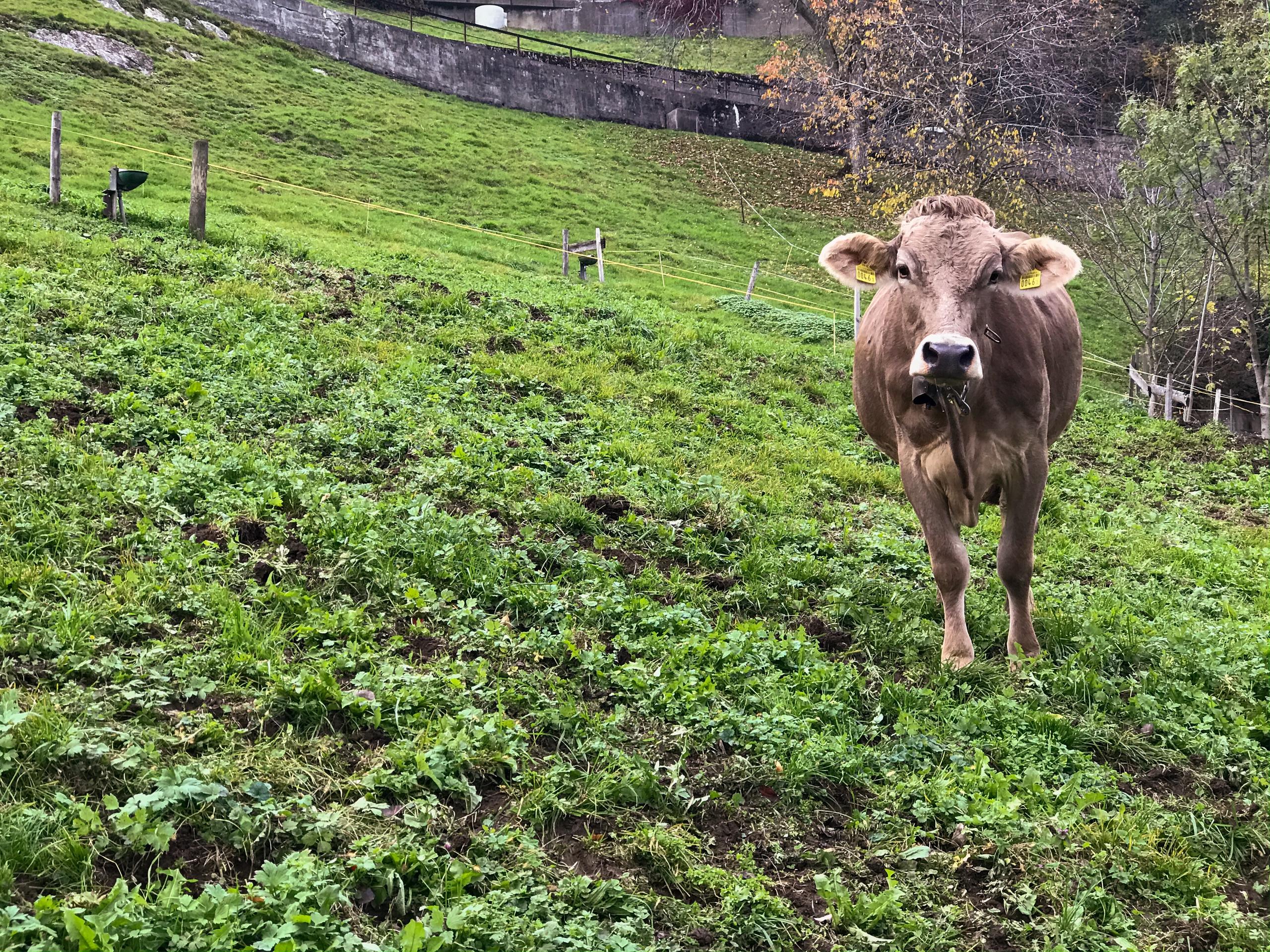
Trying not to lose my balance recently walking across a muddy, steep farm slope, I wondered why Swiss farmers hadn’t all sold up long ago and moved down to the towns and cities for a more comfortable way of life.
It was a strange thing to be thinking about as I slipped and slid, doing my best to avoid falling into fresh cowpats from the animals that muddied the trail on their way to and from the barn for milking.
I cursed the cattle, and indeed all the livestock of all the farms strung along the slopes of the Simmental valley.
But the relative dense population of the Swiss Alps – at around 40 people per square kilometre – can be explained.
Besides farming, there’s tourism. The federation of Swiss mountain railways and liftsExternal link claims one in five Swiss francs earned in Swiss mountain regions is generated directly or indirectly through tourism, while one in four people depend on it, at least partly, to make their living.
Symbiotic relationship
Tourism and farming have a symbiotic relationship. Ski resorts employ farmers, carpenters and other local tradespeople to operate their lifts and maintain their slopes in winter, and visitors expect to see lush, green, cultivated landscapes at all other times of the year.
And the authorities do their utmost to support both tourism and alpine farming. Hotels enjoy lower tax rates, and resorts can apply for soft loans to upgrade infrastructure.
But the Swiss government’s interest in maintaining alpine agriculture goes well beyond tourism. It values farmers as caretakers of a cultural landscape that is an integral part of Switzerland’s heritage since the extensive pastures set aside for livestock date back to the 14th century.
To this end, a complex system of subsidies has been devised to incentivise mountain farmers to stay put, by supplementing their income from milk and cheese production, and, in so doing, spur coming generations to carry on the tradition.
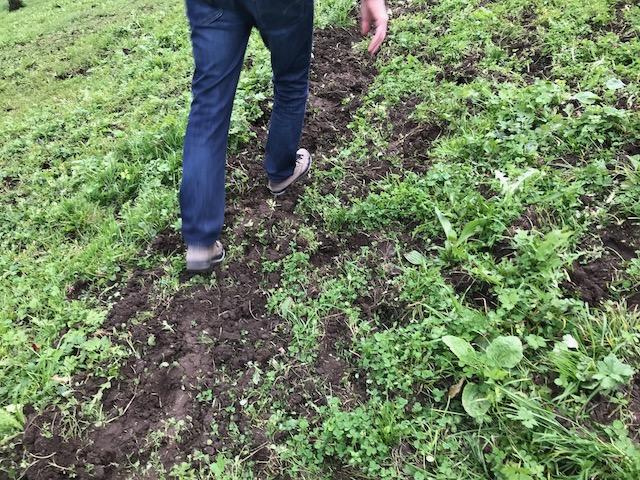
For all intents and purposes, the path I was following that day was lined with gold, not mud. That’s certainly an exaggeration, but it helps illustrate the importance the government places on alpine agriculture.
Farmers receive direct payments for each pasture they maintain, an additional supplement for working steep slopes – the steeper the slope, the higher the payment, a premium to cultivate the same slopes to defend against forest encroachment, and separate amounts per head of cattle for grazing their livestock on alpine pastures. Landholders can also apply for a range of subsidies for promoting biodiversity and preserving rural heritage, such as keeping traditional livestock breeds and heirloom varieties of fruits as well as safeguarding dry-stone walls. (The full list from the Federal Office for Agriculture is hereExternal link, available in German, French and Italian).
It can easily add up to tens of thousands of francs for the average 21-hectare farm.
At a recent gathering of the alpine farming association reported in the Bauern Zeitung (Farmer’s Newspaper), a government representative assured members there were no plans to alter any of the direct payments. But the meeting’s keynote speaker, from the Federal Institute for Forest, Snow and Landscape Research, warned of a very real threat to the pastoral livelihoods the Swiss and visitors to the Alps take for granted.
In the coming decades, he said, rising temperatures due to climate change would lead to an increase in heavy rainfall in winter triggering landslides on the very slopes the farmers tend, and drought in summer due to a lack of precipitation. Cows, each weighing between 500 and 700kg, facilitate landslides, as does the liquid manure spread across the steep pastures.
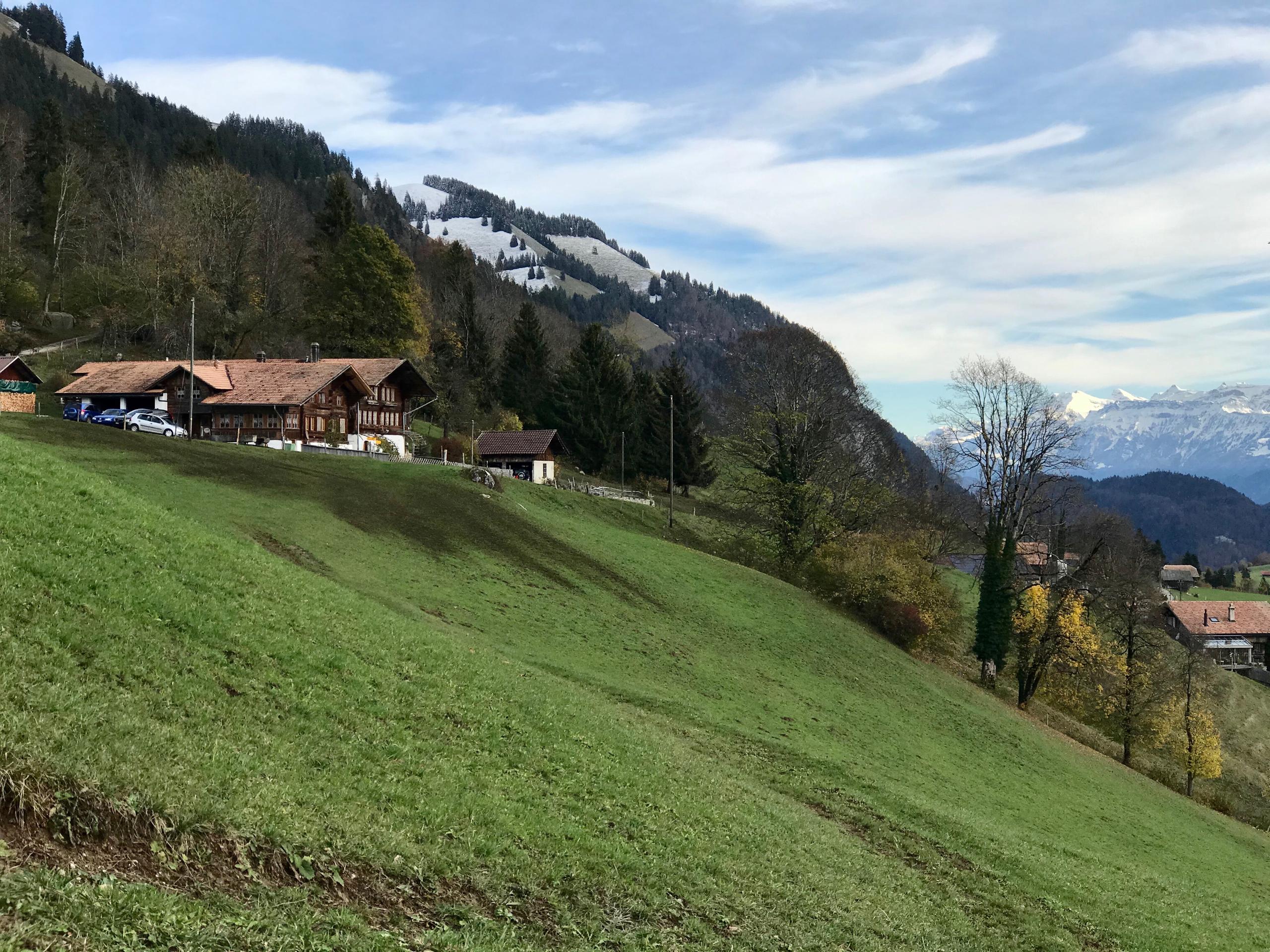
The farming community could also find itself at loggerheads with the power companies that operate hydroelectric dams, fighting over dwindling water resources as glaciers disappear.
You can read more about that in the excellent series on Switzerland’s receding icesheets by my colleague Luigi Jorio.
The very kind of direct payments farmers receive may need to be rethought, especially in light of the fact that the authorities reckon agriculture – all farming in Switzerland, not just in the Alps – accounts for 13% of the country’s total greenhouse gas emissions.
It was truly a slippery slope I stumbled across.

In compliance with the JTI standards
More: SWI swissinfo.ch certified by the Journalism Trust Initiative

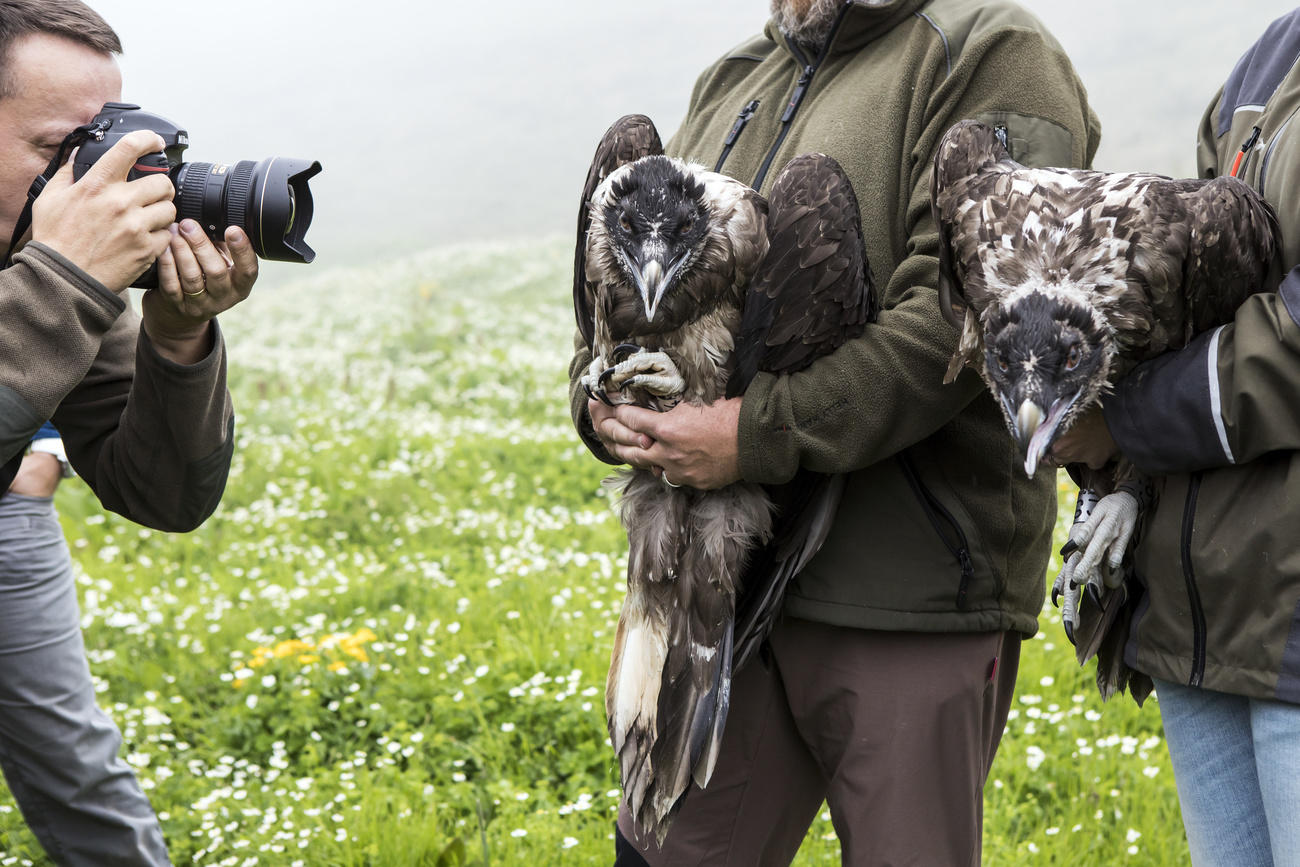

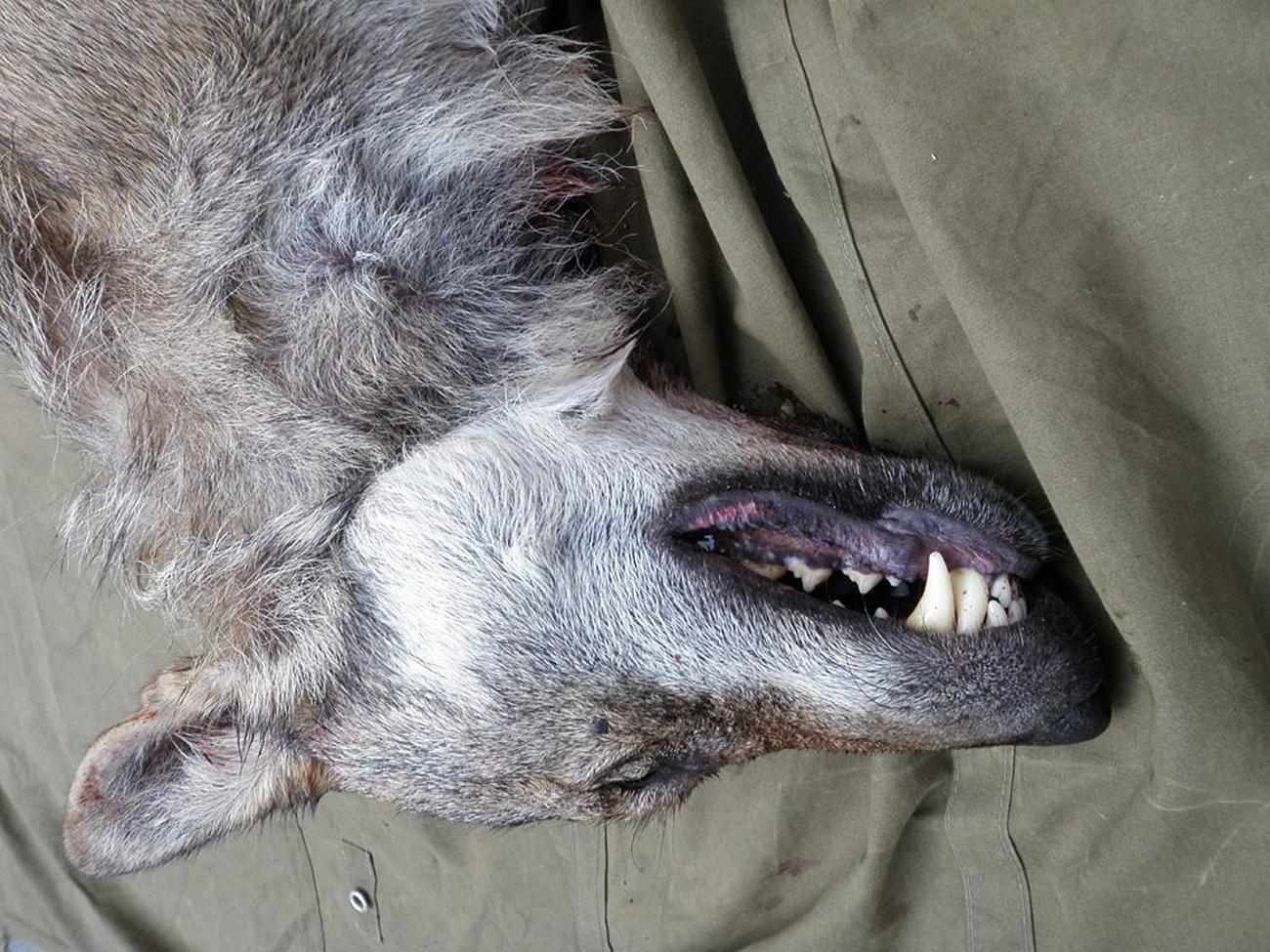
You can find an overview of ongoing debates with our journalists here. Please join us!
If you want to start a conversation about a topic raised in this article or want to report factual errors, email us at english@swissinfo.ch.